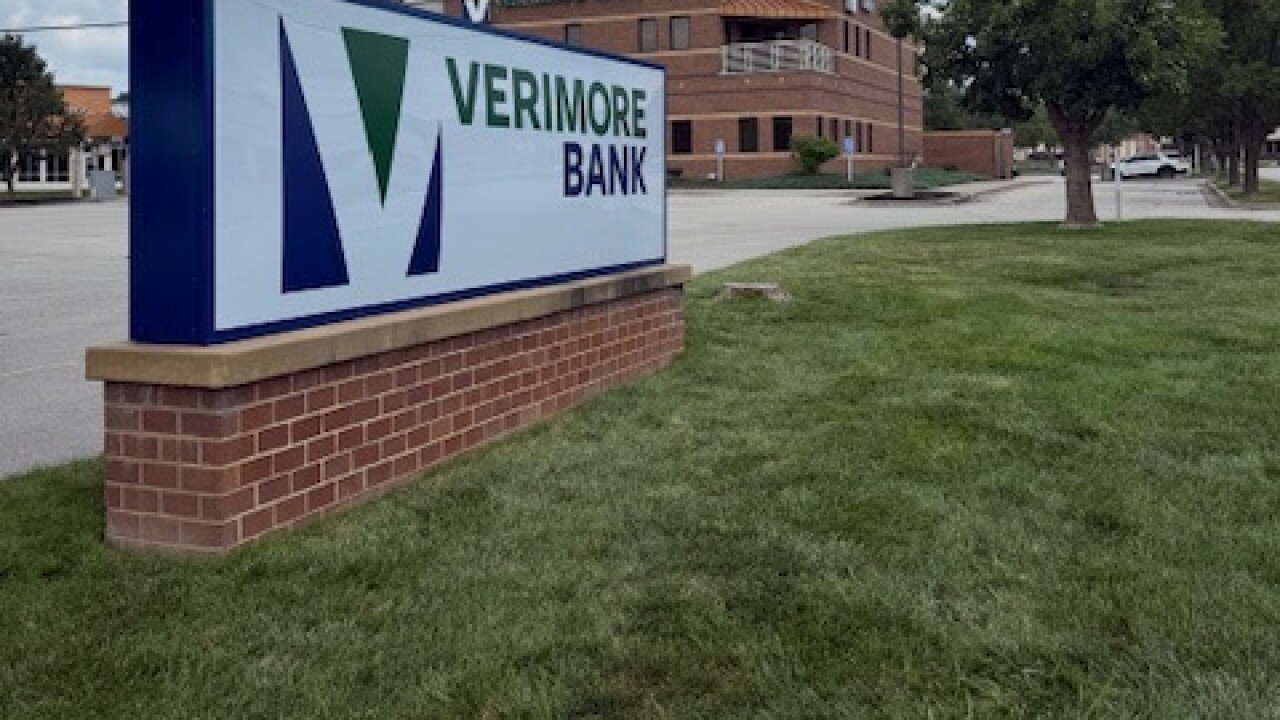-
First Financial Bancorp (FFBC) in Cincinnati is planning to close 10 of its branches in a move it says will reduce its annual overhead by about $2.3 million.
April 27 -
Columbia Banking System Inc. in Tacoma, Wash., and an aggressive buyer of failed banks, rode those acquisitions to a strong fourth quarter.
January 26 -
With its coffers at capacity, the capital-flush Cincinnati company said recently it would raise its dividend to equal 100% of its quarterly earnings.
August 5
When you have a good thing, you have to wonder how long it is going to last. For the shareholders of First Financial (FFBC) in Cincinnati, the answer is at least six more quarters.
In August, the company said it would
Investors were happy with the move, but equally wary about getting used to such a high return. Last week, the company decided to put concerns to rest, vowing to keep its special dividend in place until late next year.
The full payout "has been very well received and recognized as an innovative way to return capital to shareholders in an uncertain regulatory environment," Claude Davis, First Financial's president and chief executive, said during a conference call with analysts.
"We also acknowledge that many of our shareholders place greater value on the predictability of future dividend payments," Davis added.
The dividend has two components: First Financial's regular dividend, which it raised by 25% last week, to 15 cents a share, and a variable dividend to cover the balance. The $6.4 billion-asset company earned 29 cents a share in the first quarter.
The company is trying to edge its tangible common equity ratio down to about 7%. At March 31, that ratio was 9.66%.
Chris McGratty, an analyst at KBW's Keefe, Bruyette & Woods, says the company is acting wisely by telling its investors what to expect in terms of the dividend's shelf life. "They are doing the right thing," McGratty says. "I think some investors were afraid that they would wake up one morning to find out [the dividend] had been cut. They can now take comfort in knowing there have been some parameters put around it."
McGratty says investors should view the six-quarter guidance as a forecast on acquisition activity. First Financial has completed two small branch acquisitions in the last year, but has not struck any big deals since it bought Irwin Union Bank from the Federal Deposit Insurance Corp. in 2009.
First Financial's capital position is largely attributed to that acquisition: the company famously booked $260 million in bargain purchase gains in 2009 on the acquisitions of Irwin and another failed institution.
"They've been smart buyers in the past, but this communicates that any kind of transformational deal is unlikely," McGratty says. "They could do a deal like that if they wanted to. Given their capital position, they could look at just about anything, really."
J. Franklin Hall, First Financial's chief financial officer and chief operating officer, cautions against taking the company's six-quarter commitment to the special dividend as a forecast on acquisition appetite.
"It is certainly not an indication in a changing view of M&A whatsoever," Hall says. "It is nothing more than a response to the frequent question concerning how long can we continue this."
Hall says that the commitment is merely guidance. Should a better use of capital arise, the company could scrap the plan.
Hall says the market has not fully processed the variable dividend. First Financial's dividend yield is around 7% with the added payout. Management had expected the stock price to jump after the initial announcement to lower the yield to 2% to 3%.
"The dividend yield implies that the market has not included the variable dividend in the stock," Hall says. "There has been a disconnect between the value we were providing and the market value of the stock, so we decided to add some clarity."
McGratty says First Financial is a tough company to value. The company has a strong capital position and solid credit quality, but its loan growth has been soft. He says the stock, which trades around $16.80 a share or 160% of tangible book value, is valued above other Midwest community banks, where the average premium is 130%, he said.
Jeff Davis, an analyst at Guggenheim Securities, says he believes a transformational acquisition remains viable for First Financial despite its commitment to a special dividend.
First Financial is not alone in opting against amassing capital. Columbia Banking System (COLB) has implemented a similar full payout of earnings, though the Tacoma, Wash., company hasn't said how long it expects to do so.
A call to the $4.8 billion-asset was not returned.
"We do not see the need to accumulate capital at this time," Melanie Dressel, Columbia's president and chief executive, said during an April 26 conference call with analysts. "We have seen a little bit of an uptick in M&A activity, and we
Aaron James Deer, an analyst at Sandler O'Neill & Partners, says he likes the added payouts as long as other opportunities are unavailable.
"The first preference would be to grow organically, then through acquisitions," Deer says. "If those are not materializing, returning the capital to shareholders is a good strategic decision."





